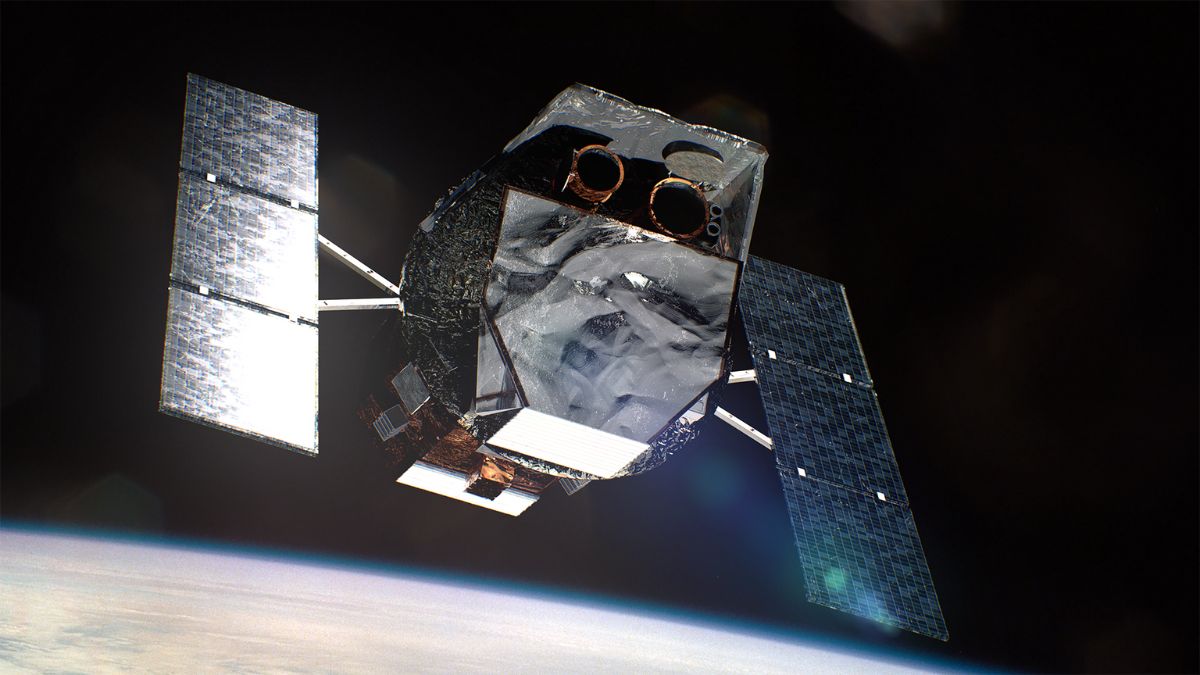NASA is working with American companies to explore the possibility of raising the orbit of the Neil Gehrels Swift Observatory, a space telescope that has studied the high-energy universe since 2004. The effort aims to demonstrate orbital boost technology, extend Swift's scientific life, and advance U.S. space servicing capabilities. Two firms—Cambrian Works of Virginia and Katalyst Space Technologies of Arizona—will develop concept designs under the agency's Small Business Innovation Research (SBIR) Program. Increased solar activity has accelerated Swift's orbital decay, creating both urgency and opportunity for this mission.
NASA Taps U.S. Industry to Study Swift Orbit Boost, Extend Mission, and Advance Space Servicing
According to NASA, the concept studies will help determine if boosting Swift's orbit is more cost-effective than replacing its capabilities with a new observatory. The spacecraft's decaying low-Earth orbit, worsened by heightened atmospheric drag, poses a challenge. Through this industry engagement, NASA intends to rapidly investigate potential solutions on a shorter timeframe by allowing U.S. companies Phase III SBIR funding. The studies are for $150,000 a company.
The Science Mission Directorate is committed to exploring new and innovative ways to use commercial technology for our space science missions, especially in-space services, that many think may be the cornerstone of American spacecraft servicing leadership in the future,” mentioned Nicky Fox, director of NASA's Science Mission.
NASA will work with Starfish Space of Washington to use its Small Spacecraft Propulsion and Inspection Capability (SSPICY) to analyse a potential Swift boost for inspecting defunct satellites in low-Earth orbit, offering key insights for future missions.
The Swift mission, which has observed gamma-ray bursts and stellar flares
, as well as events involving active galaxies, for over 20 years, is being extended by a project at NASA's Goddard Space Flight Centre. A new project is designed to help commercial space innovation move further and faster while also building on Swift's groundbreaking work.

Comments
Post a Comment